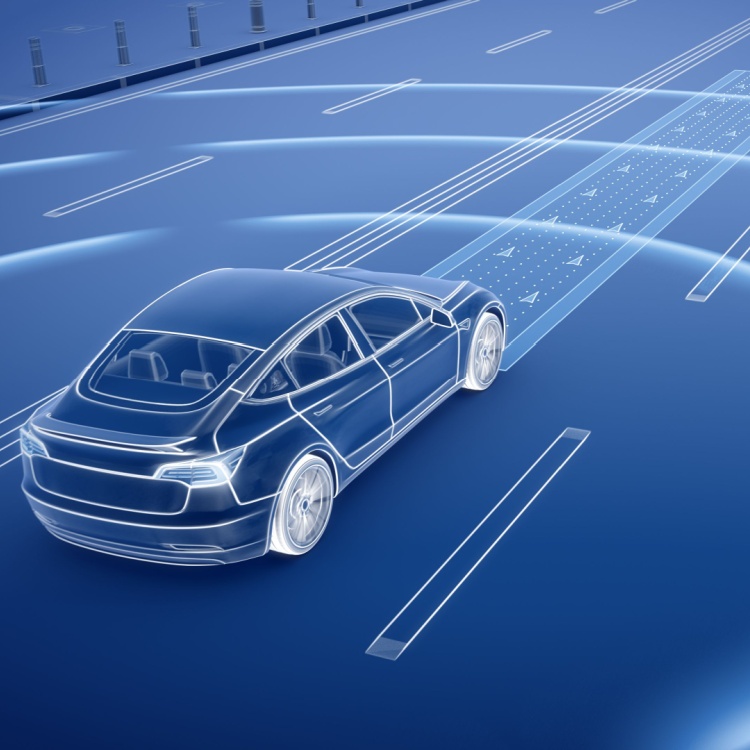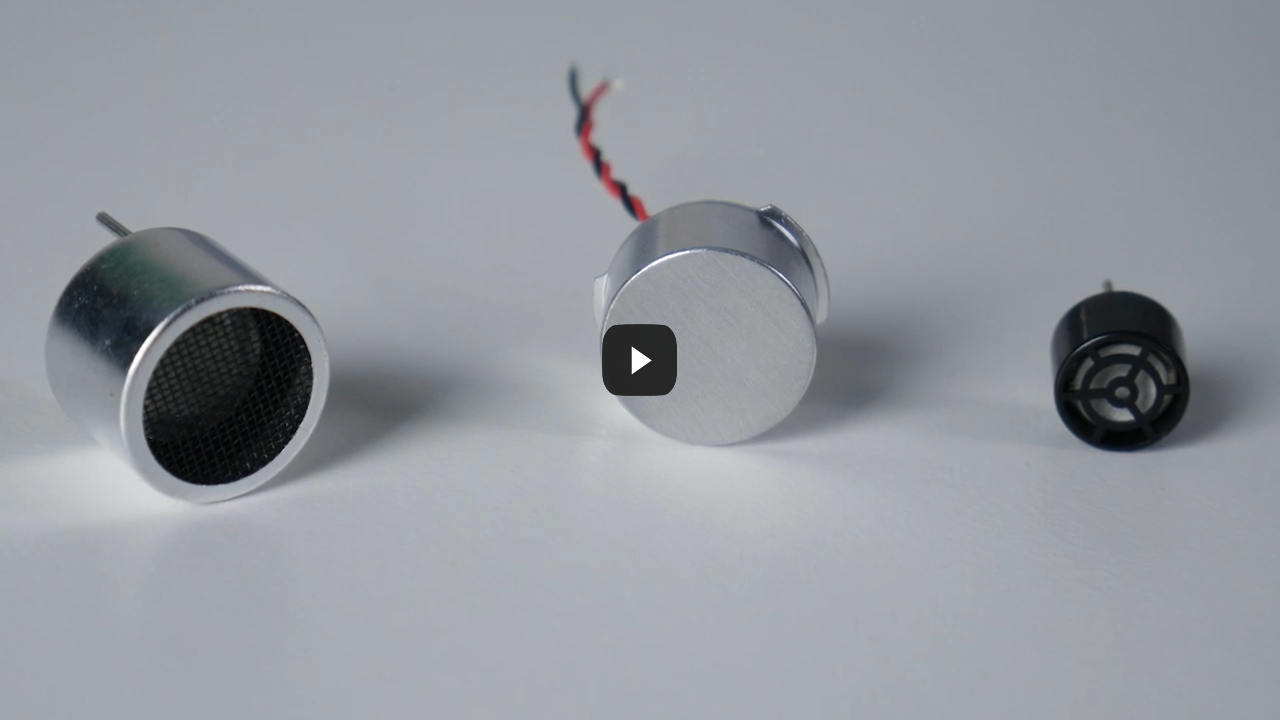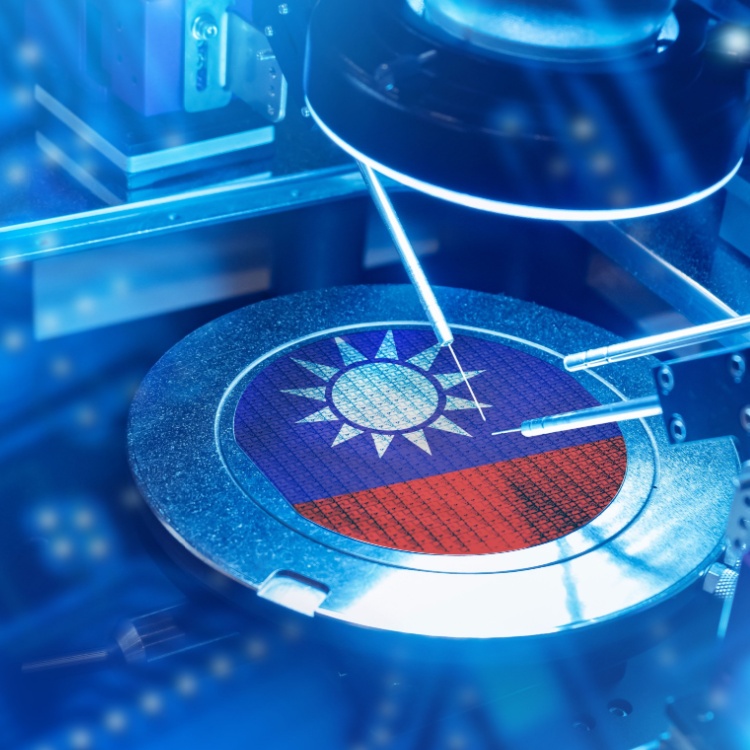Boosted Ultrasonic Sensors: Your New Driving Tech

Over the past few years, the installation of ultrasonic sensors in passenger vehicles in China has significantly increased, reaching over 121 million units in 2023, which represents a 13.7% year-on-year rise. As a result, new research projects the Ultrasonic Sensors Market to reach US$6.54 billion in 2024. The market may grow to more than US$10 billion by 2029, with a CAGR of 9.08%.
Ultrasonic sensors are making waves in the auto industry—and with good reasons. They work by sending sound waves at 40 kHz (kilohertz). If the pulse hits an object, it bounces back to the sensor, which calculates the distance between the pulse sender and the receiver.
Ultrasonic sensor components include the Transmitter, which emits ultrasonic waves; the Receiver, which detects the waves reflected back from an object; and the Processing Unit, responsible for calculating the distance based on the time it takes for the sound waves to return to the receiver.
Measuring this distance is crucial in several applications of ultrasonic sensors in driving. With this technology, the following are possible:
-
Parking assistance
Parking assistance systems typically use these sensitive sensors to aid drivers in identifying obstacles near the vehicle. These help them during parking maneuvers and offer audible or visual warnings to avoid accidents. Certain sophisticated systems can even control the steering to park the car independently.
-
Blind spot monitoring
While changing lanes and making sharp turns, ultrasonic sensors can provide additional safety by detecting obstacles, other vehicles, and objects beyond the driver's range of vision.
-
Close-range sensing
At times, collisions may happen because the driver is unaware of objects or people in close proximity. Ultrasonic sensors can provide assistance in such scenarios, such as navigating through narrow spaces or busy settings.
-
Adaptive cruise control (ACC)
ACC automatically adjusts a vehicle's speed to ensure a safe distance from other vehicles ahead. Ultrasonic sensors can boost this vehicle technology by giving specific details about the car's environment. This allows ACC to adjust the car's speed accordingly—slowing down or speeding up to maintain a safe following distance. This technology is beneficial during highway cruising and heavy traffic situations.
Advantages of ultrasonic sensors
Because ultrasonic sensing has set a benchmark in detecting proximity, this technology has been at the forefront of vehicular safety and convenience. Here are other reasons why these sensors are gaining popularity:
-
Reliable precision
Around 1.19 million individuals lose their lives annually due to road traffic accidents. Ultrasonic sensors can lower the risk of collisions with their accurate measurements. They excel in non-contact detection tasks, such as identifying presence, measuring level, determining position, and gauging distance. As a result, these are employed in driving, industrial automation, robotics, and medical devices.
-
All-weather dependability
Ultrasonic sensing works well in snow, rain, and fog, where optical systems may encounter difficulties and limitations. Unlike infrared sensors, ultrasonic sensors can detect targets with different surface properties, even liquids. While they can effectively spot objects regardless of color and through smoke, dust and varying light conditions, ultrasonic sensors struggle with soft surfaces like wool. This is because soft materials absorb sound instead of reflecting it.
-
Cost effectivity
Many car manufacturers favor ultrasonic sensors for their lower cost than other sensing tools like high-resolution cameras or LiDar (Light Detection and Ranging). Ultrasonic sensors use relatively simple technology based on sound waves, making it easier and more affordable. Moreover, the components used in these sensors, such as signal processing circuits and transducers, are typically less costly to manufacture and assemble.
-
Flexibility
Ultrasonic sensors can go with the flow of evolving automotive technologies. For instance, driving and parking systems used to be separate, but with their current integration, they can share sensors and computational capacity. The recent widespread adoption of integrated driving and parking functionalities boost the automated parking market, accelerating demand for ultrasonic radars. As automotive technology advances towards more autonomous capabilities, the demand for ultrasonic sensors is expected to increase, becoming essential components in advanced driver assistance systems (ADAS) and autonomous vehicles.
-
Longer lifespan
Ultrasonic sensors generally offer a longer lifespan because they involve fewer moving parts and less intricate components compared to other sensing technologies. This simplicity often results in greater durability and reliability over time, as they are less prone to mechanical wear and environmental degradation.
Current challenges of ultrasonic sensors
Despite their advantages and widespread use, ultrasonic sensors in passenger cars face these challenges.
-
Limited detection range
Ultrasonic sensors excel at detecting objects up close but are not designed for long-range detection. This limitation reduces their effectiveness in situations that require identifying objects from a distance.
-
Sensitivity to environmental conditions
While the performance of ultrasonic sensors is generally robust, it can still be affected by extreme weather conditions, such as heavy rain or snow. Dirt, mud, ice, or snow covering the sensors can impair functionality, leading to inaccurate readings or complete failure to detect objects.
-
Limited object detection
Ultrasonic sensors may struggle to detect very small or thin objects that might not reflect enough sound waves back to the sensor. Objects with non-reflective surfaces, like soft or porous materials, can also be difficult for these sensors to detect.
-
Integration and calibration
Sensors should be properly installed for accurate detection. Misalignment during the setup or after a minor collision can result in faulty readings.
-
Signal interference
Multiple vehicles fitted with ultrasonic sensors and sharing an environment can lead to cross-talk, which is the interference between signals from different sources. This may result in inaccurate readings. External ultrasonic noise sources, such as industrial equipment, can also interfere.
Despite these challenges, ultrasonic sensors continue to evolve thanks to improved technologies. Developing more sophisticated signal processing algorithms can help filter out noise and interference, improving their reliability. Ultrasonic sensors continue to be a valuable component in many automotive applications due to their cost-effectiveness and reliability in specific scenarios. Advances in sensor technology and integration techniques are likely to address many of this technology’s challenges over time.
Ultrasonic sensors continue to be a valuable component in many automotive applications due to their cost-effectiveness and reliability in specific scenarios. Advances in sensor technology and integration techniques are likely to address many of this technology’s challenges over time. As one of the Top 20 EMS companies in the world, IMI has over 40 years of experience in providing electronics manufacturing and technology solutions.
As one of the Top 20 EMS companies in the world, IMI has over 40 years of experience in providing electronics manufacturing and technology solutions.
We are ready to support your business on a global scale.
Our proven technical expertise, worldwide reach, and vast experience in high-growth and emerging markets make us the ideal global manufacturing solutions partner.
Let's work together to build our future today.



